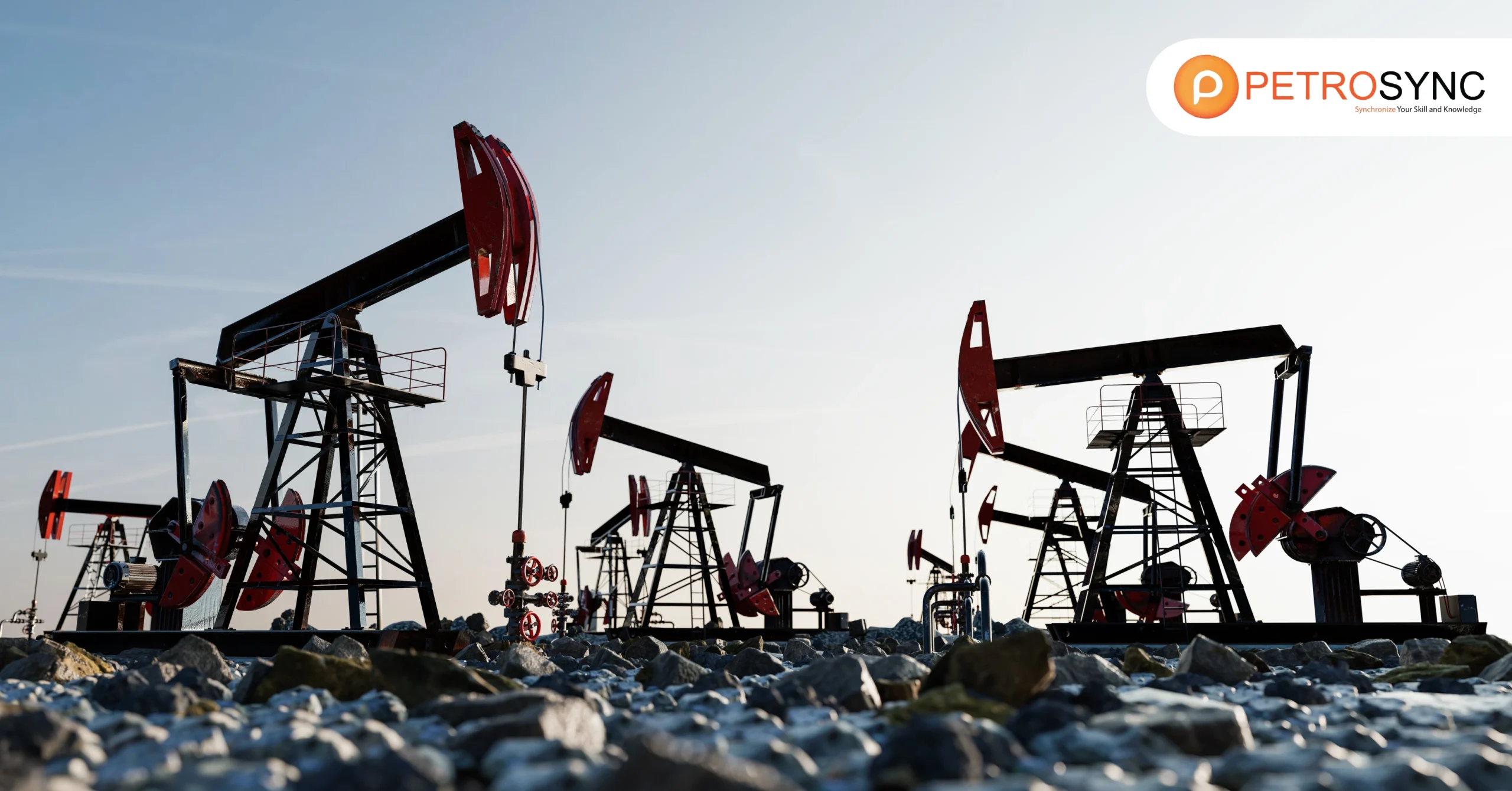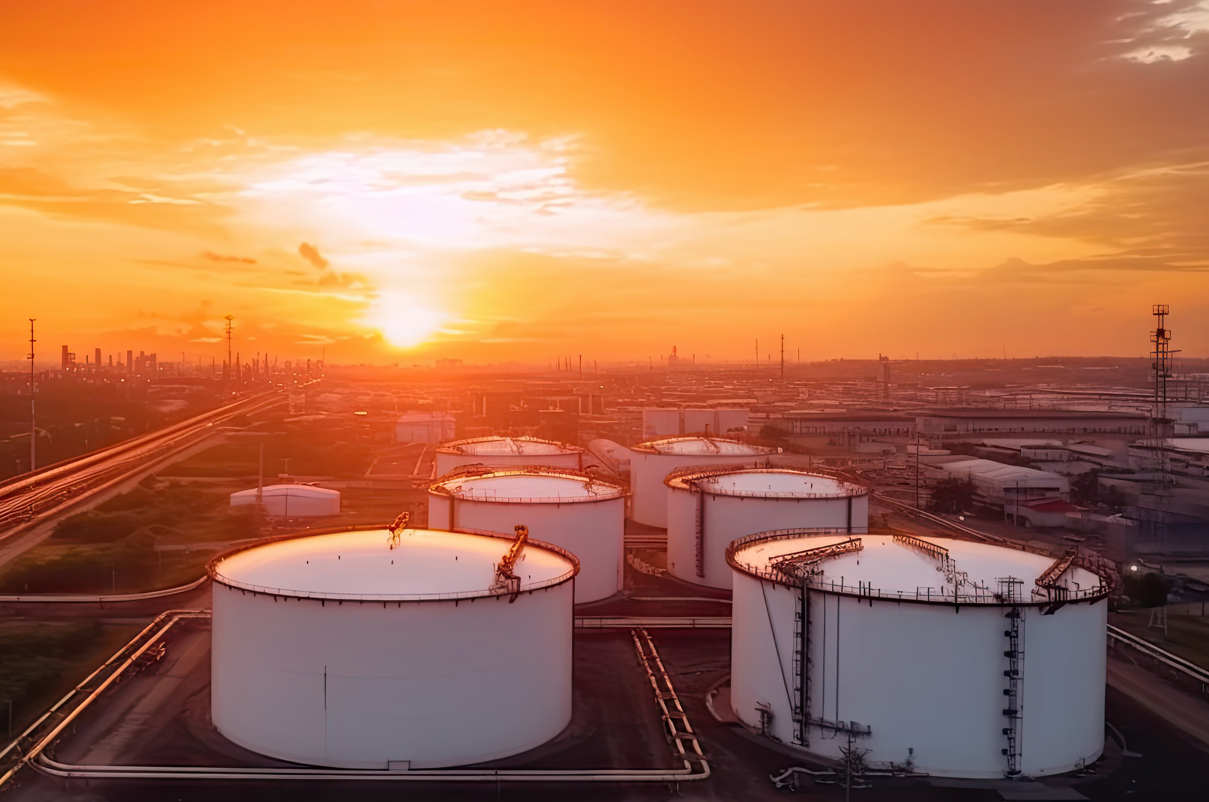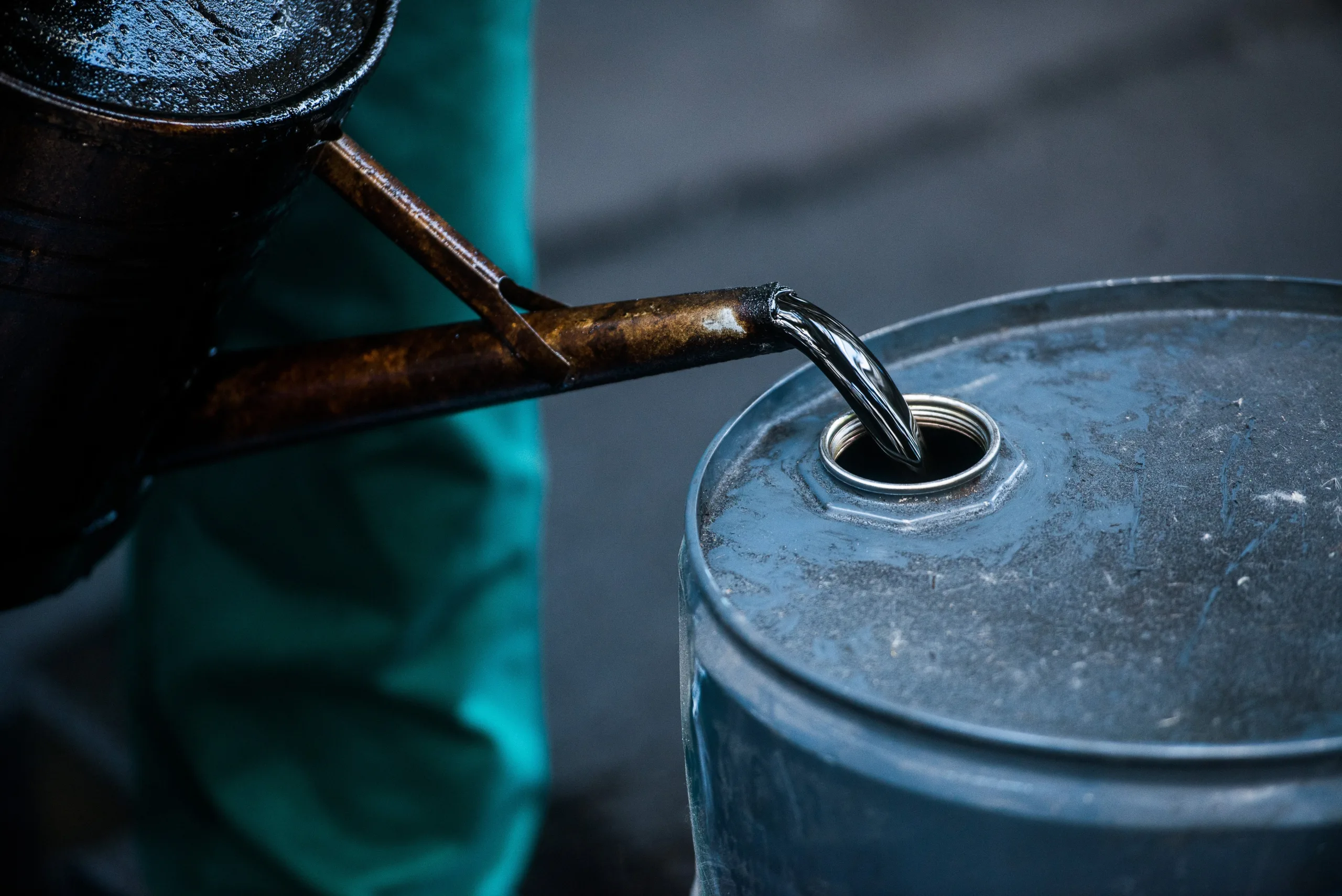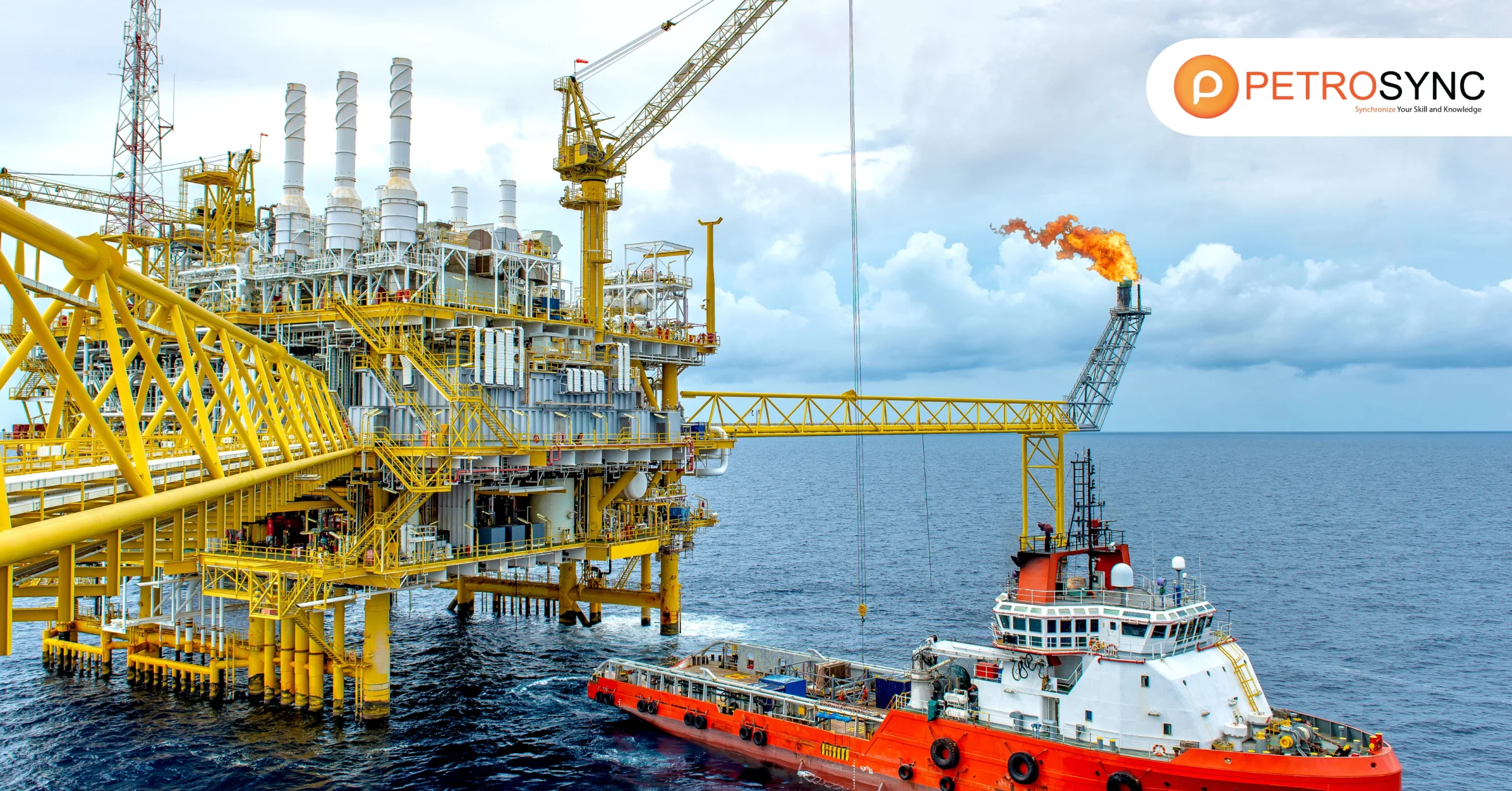Crude oil plays a central role in the production of gasoline, fueling cars, industries, and economies globally. The journey from raw crude oil to high-quality gasoline is complex, involving several key processes in the refining industry. But before delving into how crude oil transforms into gasoline, it’s important to first understand what crude oil is and its significance.
In simple terms, crude oil is a naturally occurring liquid found beneath the Earth’s surface, primarily composed of hydrocarbons. It’s extracted using crude oil tanker and various drilling techniques, including offshore drilling for offshore crude oil brent. In essence, crude oil is a vital resource for producing fuel, which makes understanding its transformation into gasoline critical.
The oil industry not only faces the challenge of refining crude oil efficiently but also strives to meet increasing demands for cleaner fuels. This transition to cleaner fuel production has made the refining process more innovative.
In this blog post, we will explore the steps involved in refining crude oil gasoline, the crude oil types used in gasoline production, and how global crude oil price affect gasoline supply and demand.
How is Crude Oil Made?

Understanding how crude oil is formed begins with the geological processes that take millions of years. Crude oil is formed from the remains of ancient marine plants and animals, buried under layers of sediment and subjected to heat and pressure over time. This process, known as oil formation, creates a mixture of hydrocarbons that we extract as crude oil.
In more technical terms, crude oil meaning refers to a complex mixture of carbon-based molecules that vary in size and structure. It contains alkanes, cycloalkanes, and aromatic hydrocarbons, along with small amounts of sulfur, nitrogen, and oxygen. These hydrocarbons are extracted using various methods, including crude oil tanker transportation.
Where crude oil is moved from offshore drilling rig to refineries. The refineries then begin the process of separating the oil into various components, one of which is gasoline. Crude oil quality varies by source; light crude is easier to refine, while heavy crude needs more processing.
Crude oil types affect how efficiently refineries produce high-quality gasoline to meet growing global demand. Additionally, environmental regulations have pushed for cleaner gasoline, driving innovations in the refining process. Crude oil, once extracted, undergoes a series of complex transformations to yield gasoline that meets these standards.
What Type of Crude Oil is Used to Make Gasoline?
Not all Fossil fuel is created equal, and the type of crude oil used in gasoline production is critical to the refining process. Generally, lighter crudes are preferred because they contain a higher proportion of lighter hydrocarbons that are more easily converted into gasoline. The two most common types of Fossil fuel used in gasoline production are sweet crude and sour crude.
Sweet crude is low-sulfur and easier to refine, while sour crude needs more processing due to higher sulfur content. The use of lighter Fossil fuel brent is particularly sought after for gasoline production because it yields more gasoline per barrel. Each type of crude oil influences the overall cost and environmental impact of refining.
As a result, crude oil price fluctuations play a significant role in the global gasoline market, impacting the final price consumers pay at the pump. Understanding these dynamics helps explain why gasoline prices can vary depending on the type of Fossil fuel used in production.
In regions where sweet crude is available, refineries can produce gasoline more efficiently, resulting in lower operational costs. Sour crude is harder to refine but cheaper, influencing gasoline costs and environmental impact alongside sweet crude.
What Percent of Crude Oil is Used For Gasoline?
In the refining process, crude oil is divided into various fractions, including gasoline, diesel, jet fuel, and other petrochemical products. A significant portion of crude oil is used to produce gasoline, but the exact percentage can vary depending on the refining capacity and the demand for other products.
Typically, around 50% of crude oil can be used to produce gasoline, though this figure fluctuates based on the refining methods employed and market conditions. For example, crude oil inventories and refining capacities influence how much gasoline is produced at any given time.
Additionally, regions with higher gasoline demand may prioritize gasoline production, while other regions may focus on producing diesel or petrochemical feedstocks.
Crude oil futures also play a key role in determining how much crude oil is available for gasoline production. When future oil prices are high, refineries may focus on producing more gasoline in anticipation of greater demand.
However, economic conditions, technological advancements in refining, and shifts in fuel consumption trends can alter the percentages of Fossil fuel used for gasoline production.
It’s also important to note that gasoline production can vary seasonally. In summer, refineries boost gasoline production due to high demand, often reducing output of other fuels.
In winter, refineries produce more diesel or kerosene, shifting crude oil distribution due to heating oil demand.
How To Turn Crude Oil Into Gasoline?
The transformation of Fossil fuel gasoline starts at the refinery, where crude oil is heated in a furnace to break it down into its various components. This process, known as distillation, separates crude oil into different fractions based on boiling points. The lighter fractions, such as naphtha, are then subjected to additional refining processes, including cracking and reforming, to produce high-octane gasoline.
In cracking, large hydrocarbon molecules are broken down into smaller ones, creating lighter, more volatile compounds ideal for gasoline. Reforming, on the other hand, restructures molecules to improve the quality of the gasoline and increase its octane rating. This ensures that the gasoline meets the standards for engine performance, reducing knocking and improving fuel efficiency.
Refined gasoline undergoes treatments to remove impurities like sulfur, protecting the environment and engine components. The end result is high-quality gasoline ready for distribution. Learning how gasoline is refined from crude oil reveals the process’s complexity and innovation for cleaner fuels.
Beyond just improving fuel efficiency, the refining process also plays a crucial role in reducing harmful emissions. Stricter fuel standards push refiners to adopt advanced tech that reduces pollutants, protecting engines and the environment.
How Much Crude Oil is in Gasoline?
Gasoline contains hydrocarbons from Petroleum, but its fossil fuel content depends on the refining process. On average, approximately 45-50% of a barrel of Fossil fuel is converted into gasoline. However, this percentage can vary depending on factors such as the crude oil source and the demand for other products.
While gasoline is the most well-known product of Fossil fuel, refineries also produce diesel, jet fuel, and petrochemical feedstocks. The remaining portions of Petroleum, after gasoline production, are used to make these other products. Efficient refining is crucial to ensure the industry meets the market’s diverse fuel demands through proper distribution.
As Fossil fuel price fluctuates, so too does the balance between gasoline production and other fuel outputs. Market demand affects how much fossil fuel goes to gasoline, with price changes impacting fuel availability. The global move to alternative energy and EVs is reducing gasoline demand and fossil fuel use in its production.
Join PetroSync Training for Comprehensive Industry Knowledge
For those looking to expand their knowledge of the oil and gas industry, PetroSync training offers valuable insights into the refining process and the broader energy sector. Understanding crude oil inventories, refining technologies, and market dynamics is essential for anyone working in or with the oil and gas industry.
PetroSync provides expert training programs that cover everything from the basics of crude oil meaning to advanced techniques in refining and fuel production. Join us today and deepen your understanding of this vital industry.

Results-oriented and thorough SEO specialist with extensive experience in conducting keyword research, developing and implementing digital website promotion strategies and plans, managing campaigns to develop company websites in the digital world, excellent knowledge of marketing techniques and principles, and attentive strong attention to detail.







